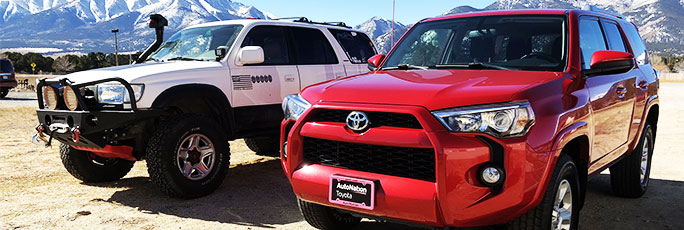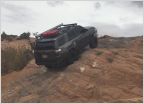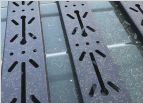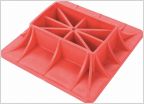-
Welcome to 4Runners.com!
You are currently viewing as a guest! To get full-access, you need to register for a FREE account.
As a registered member, you’ll be able to:- Participate in all 4Runner discussion topics
- Transfer over your build thread from a different forum to this one
- Communicate privately with other 4Runner owners from around the world
- Post your own photos in our Members Gallery
- Access all special features of the site
Suspension Rebuild on 5th Gen 4Runner
Discussion in '5th Gen 4Runners (2010-2024)' started by strannik, Feb 4, 2024.


 Wheel camera options for offroading?
Wheel camera options for offroading? Rago Fab Crossbars
Rago Fab Crossbars Steering wheel shake and pull. KO2s to blame?
Steering wheel shake and pull. KO2s to blame? Metal oil filter housing
Metal oil filter housing Stock jack with 3" lift
Stock jack with 3" lift
